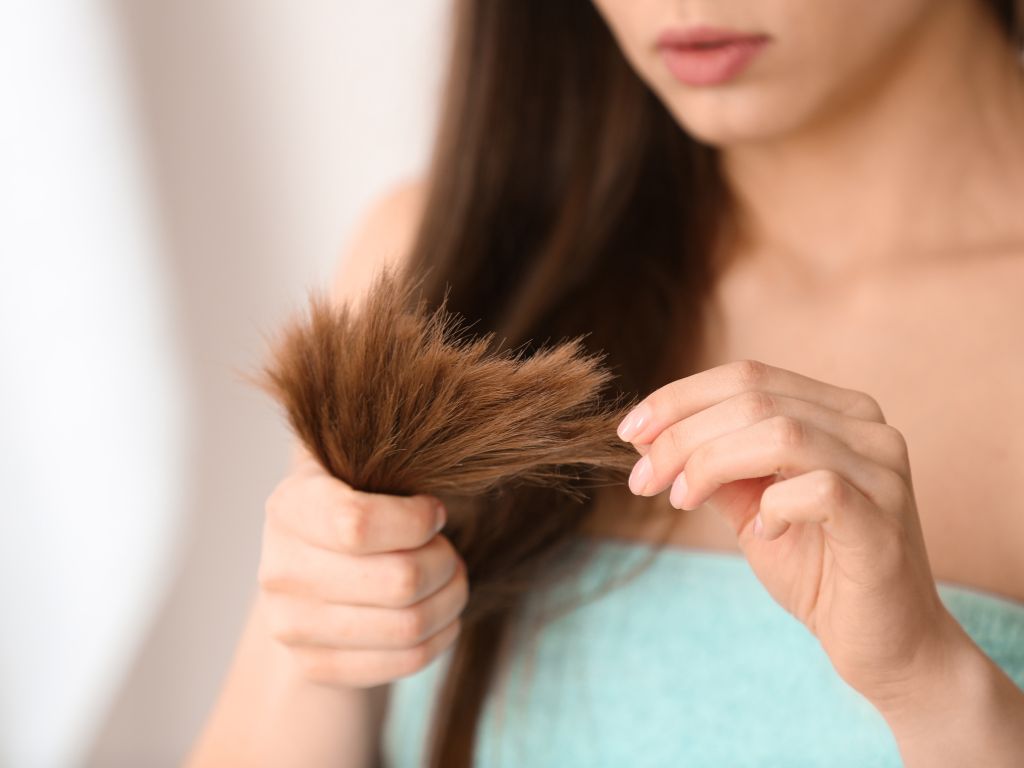Expert Tips for Healing Damaged Hair
Wash. Blowdry. Straighten. Curl. Top knot. Slick back. Hair dye. Lather, rinse, repeat. Our cyclical hair routines keep us looking goooood, but over time introduce damage. Even things outside our control - environment elements, softened water… AGING - can lead to increased hair damage. The good news is that with a little care and attention, you can help heal some of the damage inflicted through, well, life. We’ve consulted the experts for pro tips to help heal damaged hair.
Gentle Cleansing
Start your hair healing journey by using a sulfate-free and moisturizing shampoo. Harsh cleansers can strip the hair of its natural oils, leading to dryness and breakage. Opt for a gentle, hydrating shampoo that will cleanse without further damaging the hair cuticle.
Deep Conditioning
Regular deep conditioning treatments are essential for repairing damaged hair. Look for a high-quality conditioner with ingredients like keratin, argan oil, or shea butter. These ingredients help to moisturize, strengthen, and protect the hair shaft. Apply the conditioner from mid-length to the ends, leaving it on for the recommended time to allow for maximum absorption.
Natural Oils
Incorporate natural oils into your hair care routine to provide nourishment and repair. Coconut oil, olive oil, and argan oil are rich in vitamins and fatty acids that can penetrate the hair shaft, promoting elasticity and shine. Apply the oil to damp hair, leave it on for at least 30 minutes, and then wash it out for a deeply moisturizing treatment.
Trimming Split Ends
Regular trims are crucial for maintaining healthy hair. While trimming won't repair existing damage, it prevents split ends from traveling up the hair shaft and causing further breakage. Schedule regular appointments with your stylist to keep your ends in check.
Limit Heat Styling
Excessive use of heat styling tools like flat irons and curling wands can contribute to hair damage. When possible, let your hair air dry and limit the use of heat styling. When heat styling is necessary, use a heat protectant spray to create a barrier between your hair and the heat source.
Protective Hairstyles
Consider wearing protective hairstyles that minimize stress on the hair. Styles like braids, buns, or ponytails can help prevent breakage and reduce exposure to environmental factors.
Balanced Diet
Nutrition plays a vital role in hair health. Ensure you're getting a balanced diet rich in vitamins, minerals, and proteins. Foods like salmon, nuts, leafy greens, and eggs provide essential nutrients that support hair growth and strength.
Hydration
Just as your body needs water, so does your hair. Stay hydrated to maintain moisture levels in your hair. Using a humidifier in dry environments can also help prevent excessive dryness.
Healing damaged hair is a gradual process that requires consistent care and attention. By adopting a gentle hair care routine, incorporating nourishing treatments, and making lifestyle adjustments, you can revitalize your hair and regain its natural shine and strength. Remember, patience is key, and with the right care, you'll be on your way to healthier hair.

